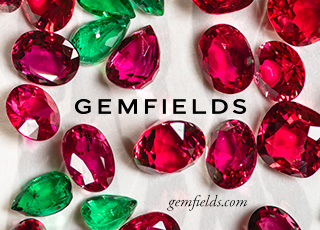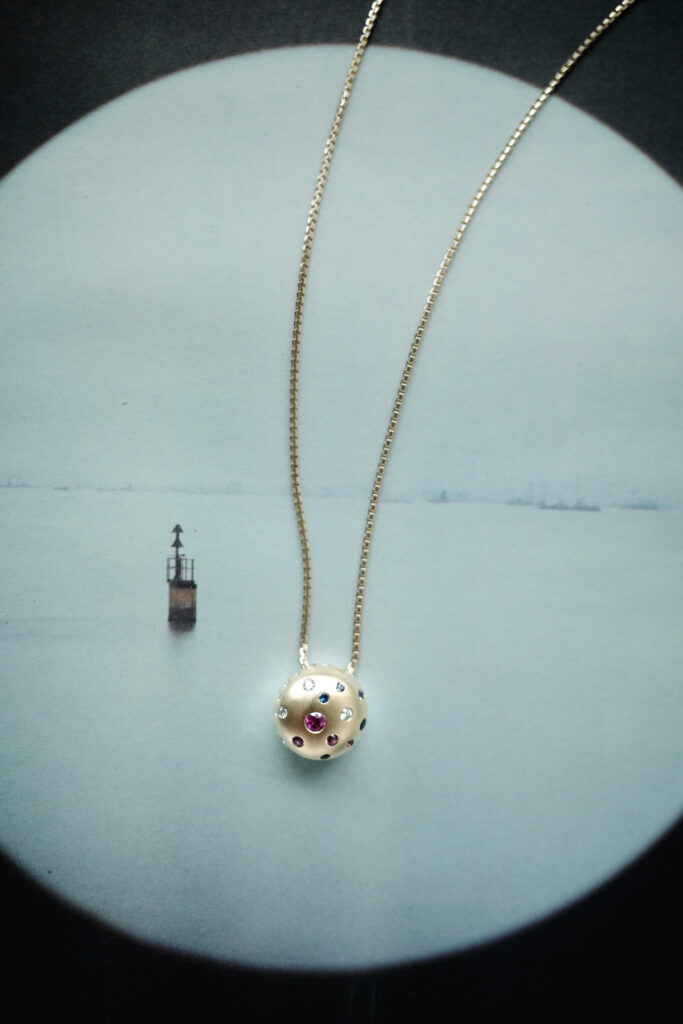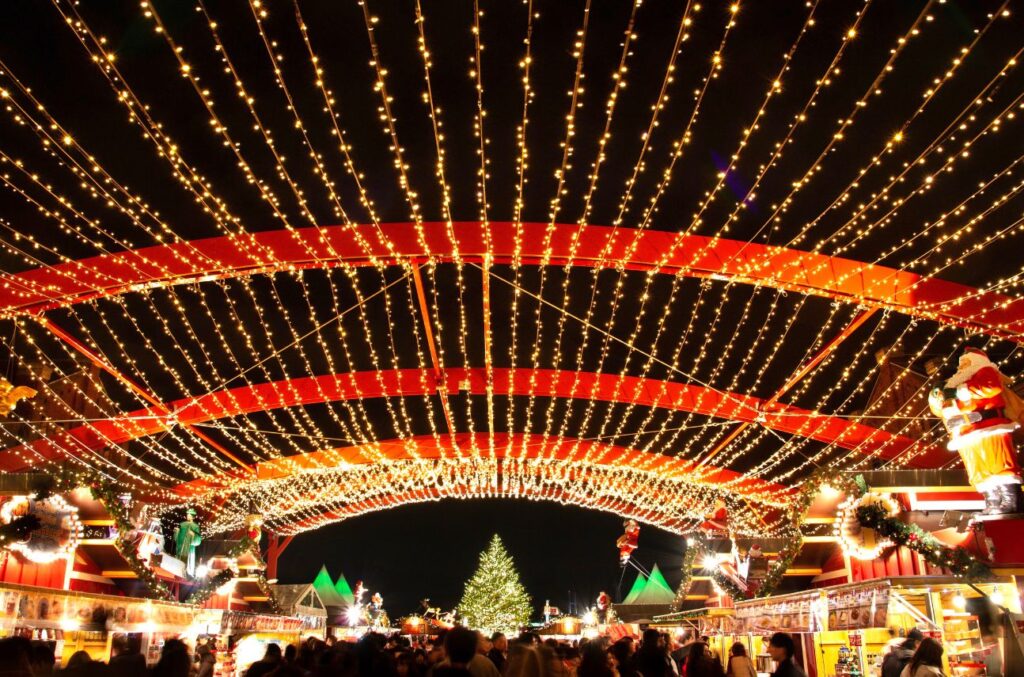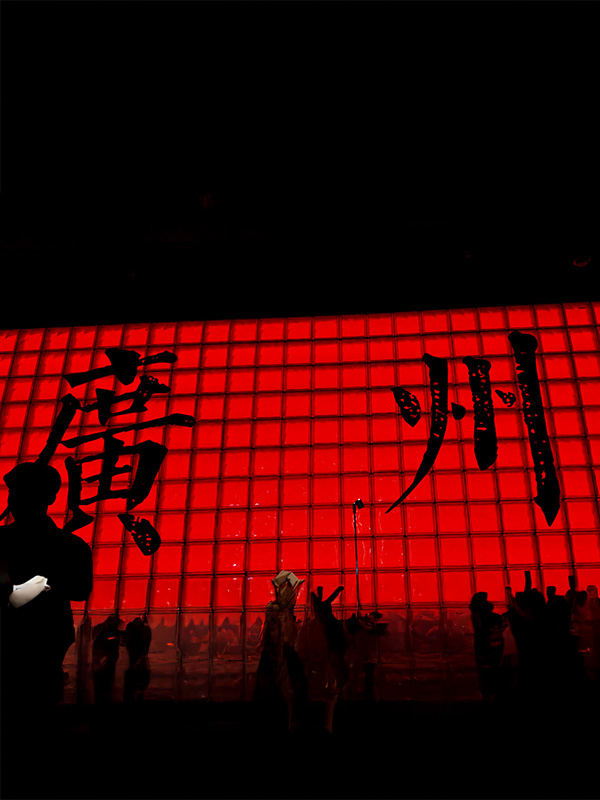Among the myriad of blue gemstones, lapiz lazuli’s celestial opaque blue with golden sparkles across its surface is one of the oldest. The stone, used since 31,000 BC, is noted for its intense deep blue hue, formed by its high sulphur content. Its unique starry night appeal, in turn, comes from marble veins and pyrites inclusions sprinkled on its exterior. Said to be a favourite of Cleopatra, the lapis lazuli was highly coveted in Egyptian, Greek, Roman, and Persian cultures. Only royalty had access to it, but when the stone was discovered in many other parts of the world, prices dropped significantly. Along with it, its mystery.

Known simply as the ‘blue stone’ during ancient times, the gemstone is mainly composed of diopside and lazurite. Experienced gemstone cutters can identify lapis lazuli just by the smell of sulphur in it. Ironically, this extreme smell is difficult to work with, but increased sulphur content also makes the stone far richer in colour. So even with their noses turned up, gemstone cutters spend time and effort in crafting perfect centrepieces out of this stunning gemstone.
Kokcha river valley in northeastern Afghanistan is one of the major contributors to the lapis lazuli supply, and, in turn, helped fuel the Afghan war. India, US, Pakistan, Canada, Angola, Argentina, and Burma also supply the stone, but for smaller quantities. Lapis lazuli produced from all these countries is naturally found in shades of blue with a few leaning towards pale blue or deep indigo, depending on the mix of minerals. Thus, the stone is available in various price brackets — most expensive being the intense deep blue with finely distributed gold pyrites, especially procured from Pakistan.

However, one should be aware of the dyed versions that are easily available in the market. With hardness between 5 and 6 on the Mohs scale, lapis lazuli is tricky to work with, and thus mostly transformed in cabochons and beads and stored separately to reduce breakage. Inlay work with lapis creates beautiful pieces of art.
Lapis lazuli got its name from the words ‘lapis’ and ‘azula’, meaning stone in Latin and blue in Arabic, respectively. Usually found in antique jewellery and artefacts, the beauty of the stone has once again found its place in fine jewellery, after a gap of a few decades. The second most popular gemstone used for men’s jewellery after black onyx, lapis lazuli’s striking colours and mystical qualities inspire many a jewellery designer.

With its multi-faceted characteristics, the lapis is predominantly used in jewellery. But it has also been used as a colouring agent in many famous paintings of the world. When ground and mixed with binding agents, it makes a rich ultramarine pigment that is seen in many Renaissance and Baroque paintings, including Vincent Van Gogh’s The Starry Night in 1889, Johannes Vermeer’s Girl with a Pearl Earring in 1665, Giovanni Sassoferrato’s The Virgin in Prayer, and many versions of Madonna. An expensive material to make in those times, unlike all other blue pigments that tend to pale in the light, the lapis has lost none of its radiance to this very day, and is still used in many restoration works.

Mystical in nature, the lapis is said to ward off evil when worn as an amulet, and is commonly used to make the famous evil eye. It is also deemed to enhance the wearer’s intellect and encourage honesty, friendship, and truth.
Image opener: Parure necklace, BOUCHERON













